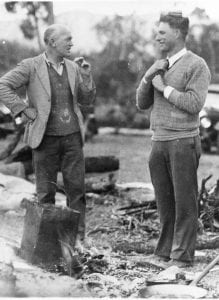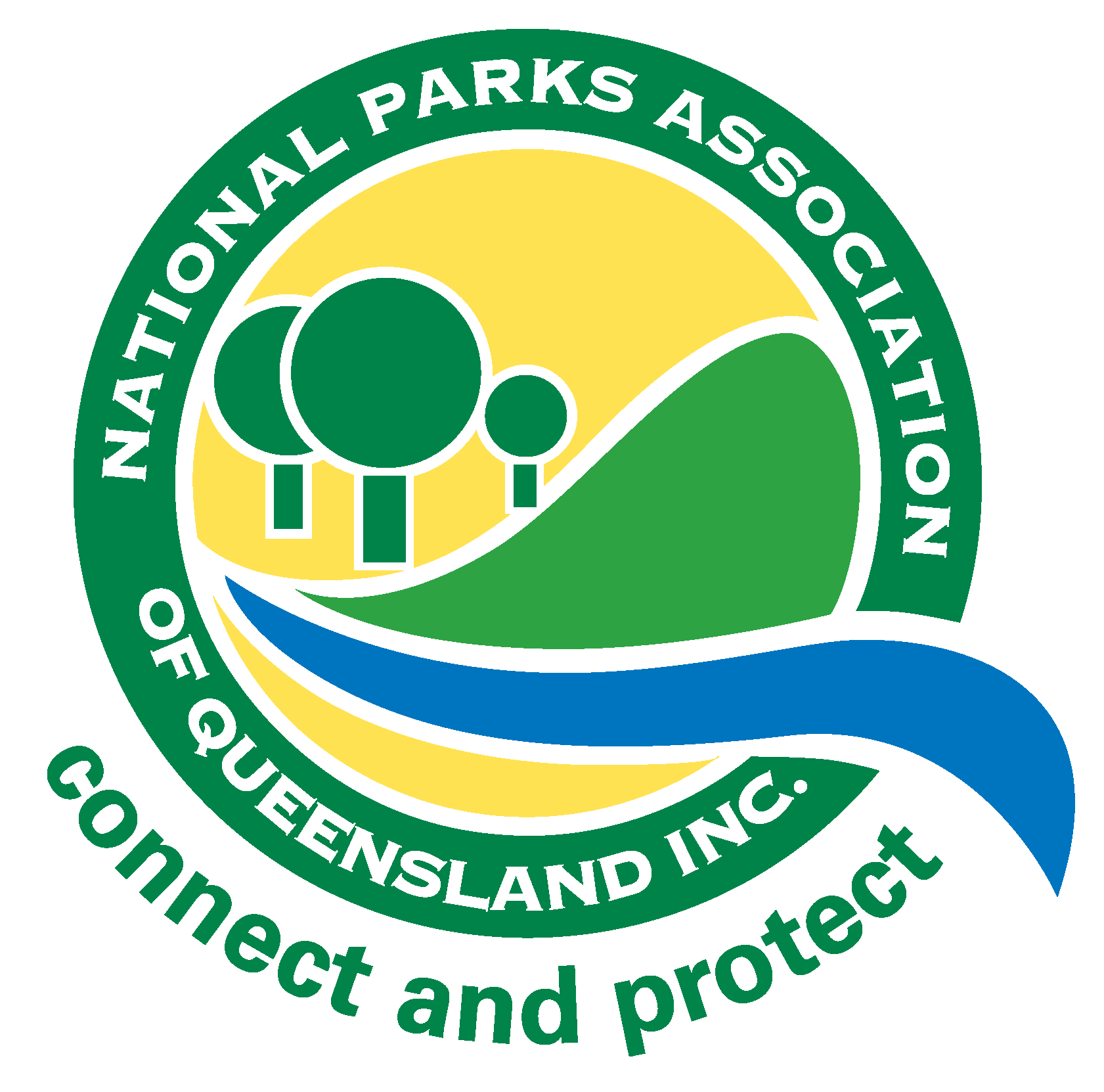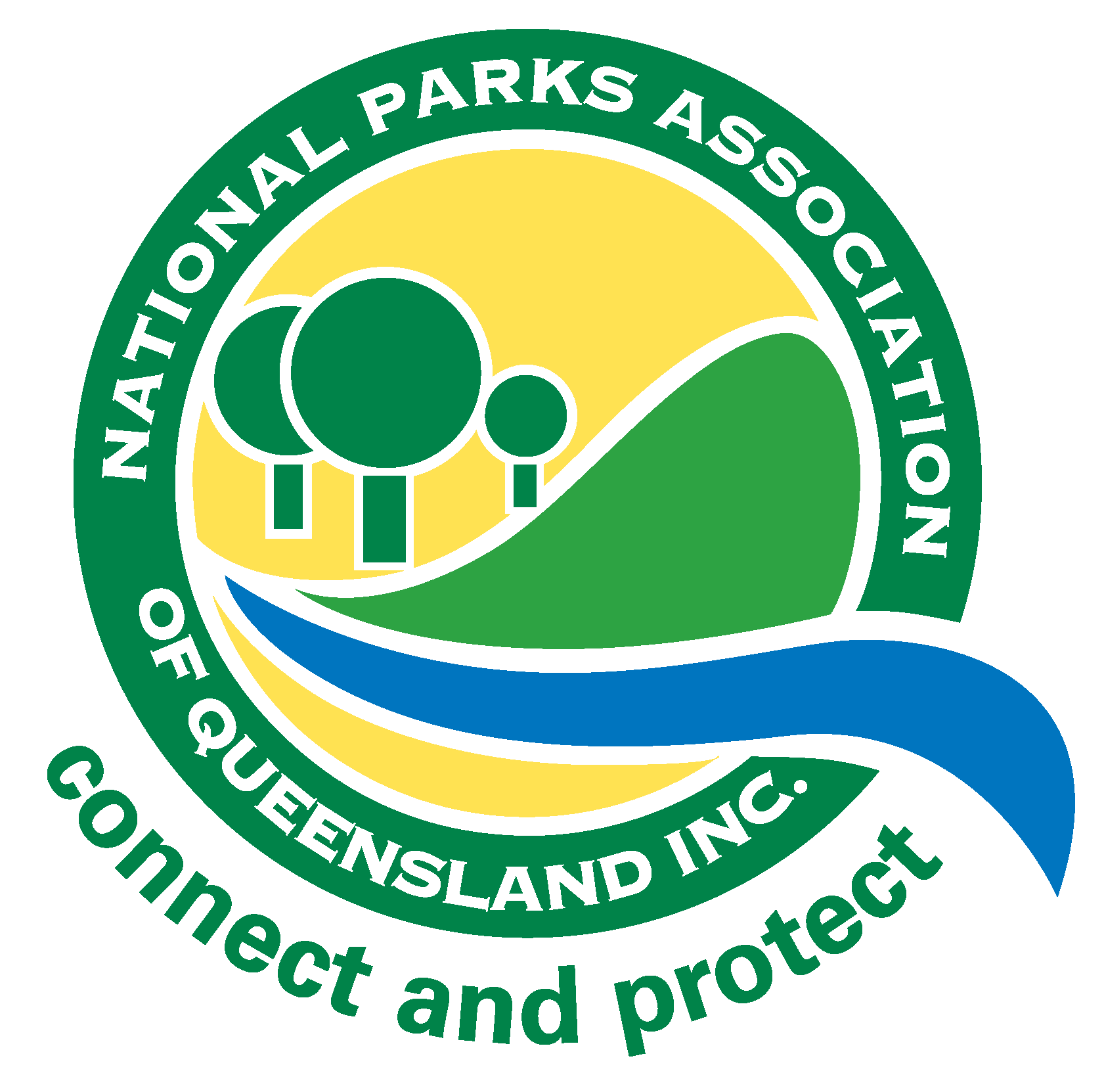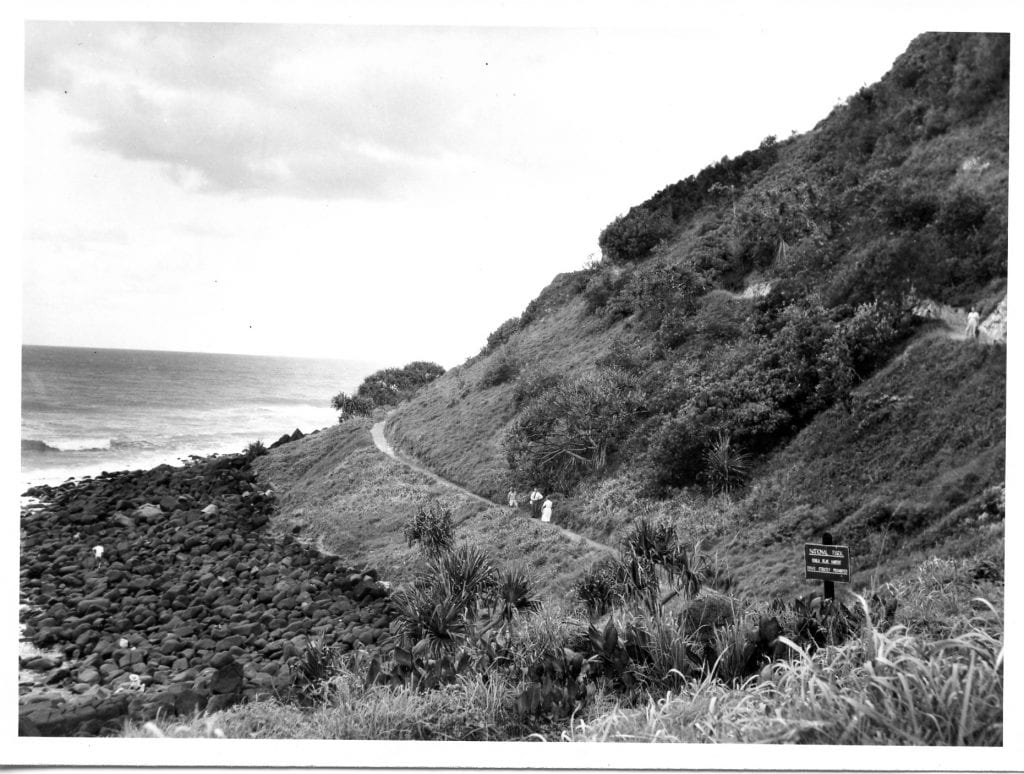Indigenous Conservation, Marine Protected Areas, National Parks, Nature Refuges, Private Reserves, State Forests
Legacy: National Parks Association of Queensland’s 90th Anniversary
The National Parks Association of Queensland (NPAQ) has been active in increasing Queensland’s National Park Estate and seeking management of threats for 90 years.
Romeo Lahey looms large in the establishment and early years of the Association. Lahey recognised that “no body of public opinion was organised to combat the influences which were operating against the best interests of national parks”. Discussions with like-minded people led to the official formation of NPAQ at the (just constructed) Brisbane City Hall on the 15th of April 1930.

It was a powerful group, with Governor Sir John Goodwin as patron, Romeo Lahey as President, Archbishop James Duhig and Professor E. J. Goddard as Vice Presidents, Arthur Groom as Secretary and George H. Barker as Treasurer. From the outset, all positions were honorary.
The Association’s objects throughout time can be summarised as: to advocate the preservation of existing parks and the reservation of all other suitable areas, educate public opinion, form a link between the public and the parks administration, co-operate with other organisations with similar objects and assist in enforcing national park protective regulations.
To enable the public to visit and learn from nature, Romeo Lahey and Arthur Groom established Binna Burra Lodge in 1932. The connection between the Lodge and the Association remained strong and is destined to continue into the future as the Lodge undergoes reconstruction after devastating bushfires late last year.
It is of sombre note the Association recessed during World War II, with many officers and members joining the armed forces.
Before and during the war, NPAQ opposed attempts to cut timber in national parks. In the late 1940s the Government decreed that no timber would be cut in Queensland national parks. NPAQ was also instrumental in preventing damage to Lamington National Park and Fairfax Island National Park (now part of the Capricornia Cays National Park) as a result of military training exercises.
In 1948, the Association called a meeting attended by some 700 people, from many clubs and associations, to protest a proposal for a hotel and road near Mt Wanungara. The proposal did not proceed. It is prescient that in NPAQ’s 1948 Annual Report it is stated that “…national parks… must be available to the people and means for their accommodation must be provided, but the right place for this is on their outskirts…” This NPAQ position continues to be communicated to government.
The first NPA News was produced in December 1953 and continues today in two forms, Neck of the Woods email bulletin and Protected Magazine. The magazine provides educational and information articles about issues related to national parks and provides enjoyment to NPAQ members and supporters, as well as being highly regarded by government and rangers.
The Association has a long history of campaigning for declaration of new areas and protection of existing national parks. Even at the age of 70, in 1957, Lahey commenced a campaign resulting in the (now) Daintree National Park.Typically, NPAQ campaigns are quiet, behind the scenes, with NPAQ working in collaboration with the government, wherever possible. Unfortunately, not all NPAQ campaigns have succeeded. Despite wide-spread public opposition, Hayman Island was removed from the National Park Estate allowing a major airline and tourist company (now defunct) full possession in 1961.
The Queensland National Parks and Wildlife Service1 was formed out of the Forestry Department in 1975, the same year an interpretive centre was established at Girraween following NPAQ’s suggestion. In 1986, the Association successfully campaigned against the revocation of parts of Lindeman Island National Park; however, was unsuccessful in preventing the lease over national park land for a golf course. The recent 2017 campaign to avoid further revocations was successful.
The Association’s 60th year was launched in 1990 by the Hon. Pat Comben who provided great political leadership in extending the park estate. The anniversary was also marked by NPAQ adopting the Boombana Revegetation project starting in earnest under the stewardship of Ruth Read and Ken Sandercoe. It has continued steadily ever since, now under the leadership of Angus McElnea, expanding to Jolly’s Lookout and hopefully beyond, into the future.
Throughout NPAQ’s nine decades, the Association has looked out for the well-being of Queensland’s National Park Estate and the public’s interests. Leon Misfeld, writing on the occasion of the 70th anniversary, said “the price of conservation is eternal vigilance.”
Achievements come in varying sizes and from many people. To name but a few, Undara Volcanic National Park was declared in 1992 in no small part thanks to the tireless work over many years of Norm Traves, who was NPAQ president at the time. Sarabah National Park, Queensland’s smallest park at a modest 1.416 ha, was gifted to the State by an NPAQ member, Agnes Curtis. In contrast, the largest increase to the Estate came in 1967 when Munga-Thirri National Park (then the Simpson Desert National Park) was declared raising the area from under 1 million to over 2 million acres.
The August 1980 the NPA News 50th anniversary 1930-1980 edition stated that 2.3 of the 2.6 million acres (about 1 million hectares) of national parks secured were in recommended areas submitted by NPAQ which was almost 90% of the first million hectares declared. Early parks proposed by NPAQ include:
- Springbrook NP
- Girringun NP
- Glass House Mountains NP
- Obi Obi NP
- Wooroonooran NP
- Main Range NP2
- Tully Falls NP
- Chillagoe-Mungana Caves NP
- Eungella NP
- Hinchinbrook Island NP
- Girraween NP
- Cooloola NP
- Great Sandy NP3
- Munga-Thirri NP4
It is good to note that from the beginning NPAQ has urged use of Indigenous naming rather than any person’s name for national parks in Queensland.
NPAQ’s recent 2019 Yabba National Park Links Proposal has, we believe, strong government support. We now eagerly await the Queensland Protected Area Strategy but are concerned it will not be adequate to address the Queensland government’s 2015 commitment to establish a ‘world-class protected area network’.
An association’s strength is closely linked to the continued efforts of active volunteers and donors. NPAQ’s volunteers have made the Association thrive and affect change over nine decades. Every volunteer brings unique experience, skills, perspective and energy and offers countless hours.
Our current office bearers and the many who came before them have guided NPAQ’s outstanding legacy.
Volunteers give their time generously to guide activities, organise outings, regenerate bushland, survey potential park areas, prepare proposals, serve on committees, host stalls, raise funds, review management plans, make submissions (on policy and legislation), provide evidence (at official enquiries), supply photos, write articles, post on social media, help with mail outs, support events,donate and make bequests. Many members say NPAQ has been central to their lives. And we are grateful to each and every one and hope they get as much out of NPAQ as they put in.
Footnotes:
1 Now Queensland Parks and Wildlife Service
2 Then Cunningham’s Gap National Park
3 Then Fraser Island National Park
4 Then Simpson Desert National Park
Consider making a 90th Anniversary donation to ensure the Association stays strong and influential well into the future. You can donate at www.npaq.org.au/donate or by calling (07) 3367 0878. Thank you for your ongoing support.



As a retired Queensland parks and wildlife officer after 30years . I was a member with npaq during that time we went on some wonderful camps to sundown np binnabanoo np and a few more I can’t remember what a great group you guys are keep the good work up
Do you have any records of Romeo Lahey’s involvement in the foundation of Eungella National Park west of Mackay in the Clarke Ranges? My grandfather, Matthew O’Neill, was a well-known pioneer, bushman and conservationist, who, I believe, led Lahey and a group into the Ranges to look at setting up the National Park there. My grandfather was honoured with a plaque now placed on top of Mount Dalrymple ” in recognition of his role in establishing this National Park” June 24th 2008 QPWS If you can find any information or sources for information can you send to me at _________ ? Thanks